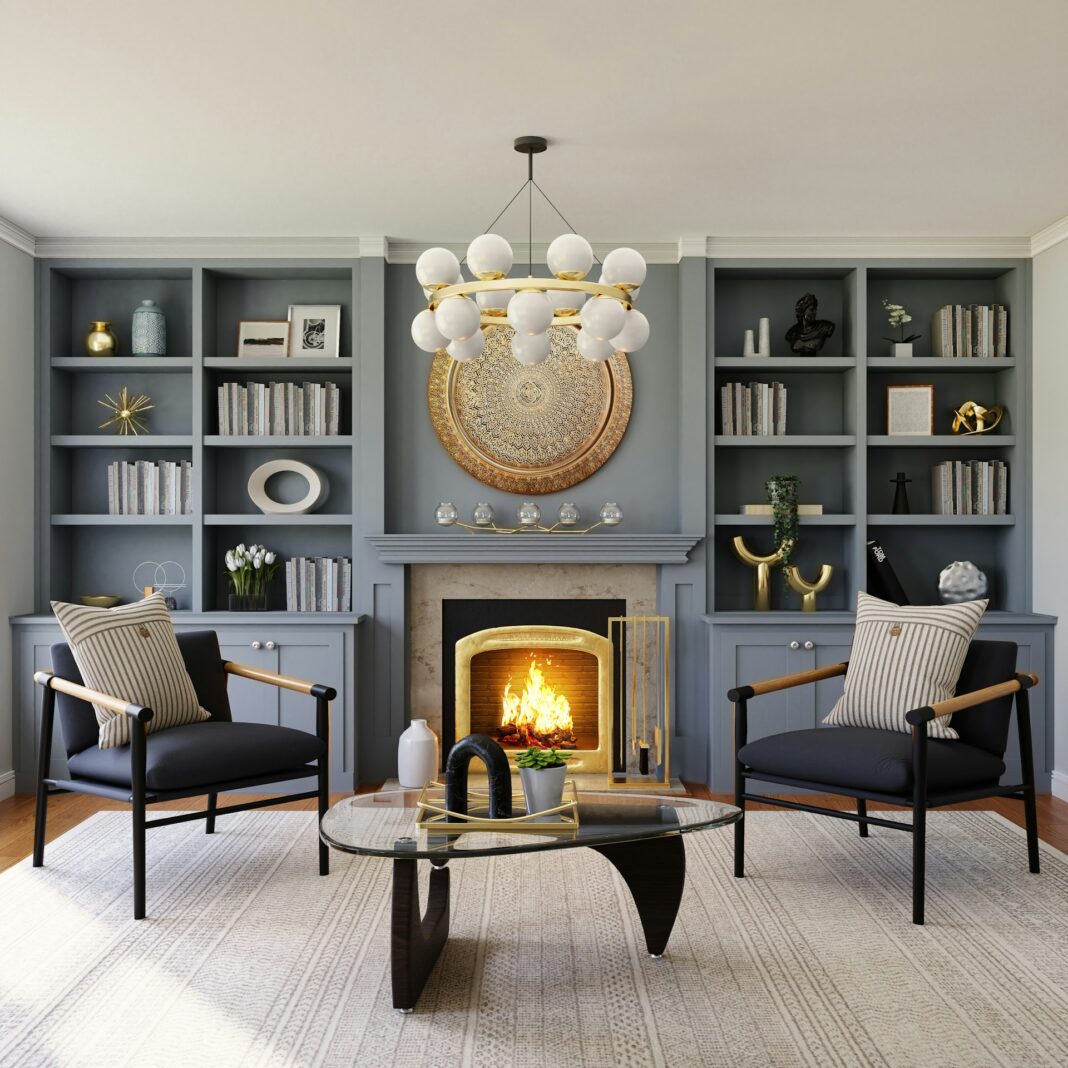Living in a fast-paced, challenging world means serenity is no longer a luxury but a necessity. Whether you are a busy professional, a student, or even a new mom, you might be seeking peace and tranquility in your home. The trend today is not just meditation and yoga, but creating a living space that exudes calmness and helps one relax.
If you’ve not guessed it already, we’re talking about calming tech and how it has become a part of everyday life. These devices quietly work in the background, enhancing one’s lifestyle and living space.
However, not all devices are created equal, and hence, it is about choosing the ones that best align with your decor and lifestyle. Let us introduce you to a few of those so you can make an informed decision.
Combining Design and Wellness
When thinking about tech for the home, wellness is no longer a compromise for style. Products that assist you in relaxing, breathing more deeply, or meditating more mindfully are now tailored to consider interiors – dull colors, natural textures, and minimalist profiles. Consider, for instance, a dry herb vaporizer, an item now trendy among wellness-oriented adults seeking a healthier alternative to older types of smoking. Many models today are sleek, discreet, and can easily sit on a shelf without drawing undue attention. It’s the kind of device you’d expect to see in a well-curated home, not hidden in a drawer.
Whether you’re using it for relaxation or ritual, it demonstrates how personal care devices can be designed to serve both well-being and design aspirations. Indeed, it’s a sign of the larger movement: functionality that promotes calm, combined with aesthetics that don’t disrupt your space.
The Emergence of Purposeful Technology
Those days were behind us when houses were cluttered with blinking LEDs, knotted cables, and equipment that required user guides thicker than a book. The new zeitgeist prefers purposeful technology – products that have a definite reason for being and do so without unnecessary setup or diversion.
Consider smart lighting. Gone are the days of unforgiving overhead fluorescents. Smart bulbs now come in warm shades that emulate natural light or change subtly to evening downtime. With app-controllable options or ambient sensors, they adjust by themselves, so you don’t have to give lighting a moment’s thought. The space becomes an environment rather than a chore.
Or minimalist diffusers that are also sculptures. They silently release soothing aromas into your area gradually while visually melting away into their environment. No flickering neon lights. No eerie sounds. Only shape and function are in harmony.
Devices That Encourage Relaxation With Minimal Effort
One of the key principles of effortless living is that the equipment we use must minimize – not maximize – our mental effort. Below are some examples of devices that have been designed with this in mind:
-
Noise-Cancelling Sound Panels
These days, sound panels are functional and beautiful, not your average acoustic foam. Handcrafted using eco-friendly materials, these units dampen echo and diffuse background sounds without looking like an eyesore wall hang. Perfect for meditation spaces or home workspaces.
-
Smart Air Purifiers
Today’s purifiers are smaller, fashionable, and more efficient. Gone are the ugly industrial-looking machines of yesteryear; today’s models fit into your decor and hum along quietly. Bonus points if they automatically sense air quality fluctuations and adjust in response – no effort needed.
-
Sunrise Alarm Clocks
These aren’t alarms; they’re wellness tools. They mimic natural sunrise, slowly filling your bedroom with soft light to wake you up quietly. A far cry from jarring alarms that shock your nervous system.
-
Mindful Wearables
Not the wearables that yell “tech gadget.” Bands with fabric finishes that monitor breathing remind you to stop and even sync up with guided meditations – all without flashing screens and jarring notifications.
-
Self-Watering Planters
Adding greenery to your environment is a time-tested mood elevator. Not everyone, though, has the time to water plants every day. Self-watering pots are tidy, effective, and chic – and some even track moisture levels and send low-key app notifications when necessary.
Calm Is in the Details: What to Look For
In order to establish a lifestyle of maximum calm with minimum effort, below are some things to look out for when selecting your next device:
- Neutral Color Palette: Devices with earth tones, matte finish, or stone-like texture tend to melt into the background naturally.
- Silent Operation: Steer clear of buzzing, clicking, or fantastic equipment. Quiet performance is crucial.
- Touch-Free or App-Controlled Features: The less hands-on interaction, the better. Automation decreases daily mental burden.
- Multi-Functionality: A lamp that also charges your phone. A table that has a speaker. Multifunction devices save space and make design easier.
- Minimal Footprint: Select tools that do not take over your surfaces. Wall-mounted or portable solutions are best in minimalist spaces.
Conclusion: More Intention, Less Noise
In the end, low-effort devices aren’t about having less for the purpose of austerity. They’re about having better. Deliberate choice-making. Setting a space that nurtures your nervous system rather than provoking it. That is fewer glowing notifications, fewer apps screaming for updates, and fewer cords crisscrossing your floor.
You don’t require a gadget for every need, but the ones you do have should work for you, not vice versa. Whether it’s an unobtrusive smart humidifier, a stylish dry herb vaporizer, or a simple timer that facilitates tech-free time-outs, each has a role to play in a well-designed, low-hassle life.





